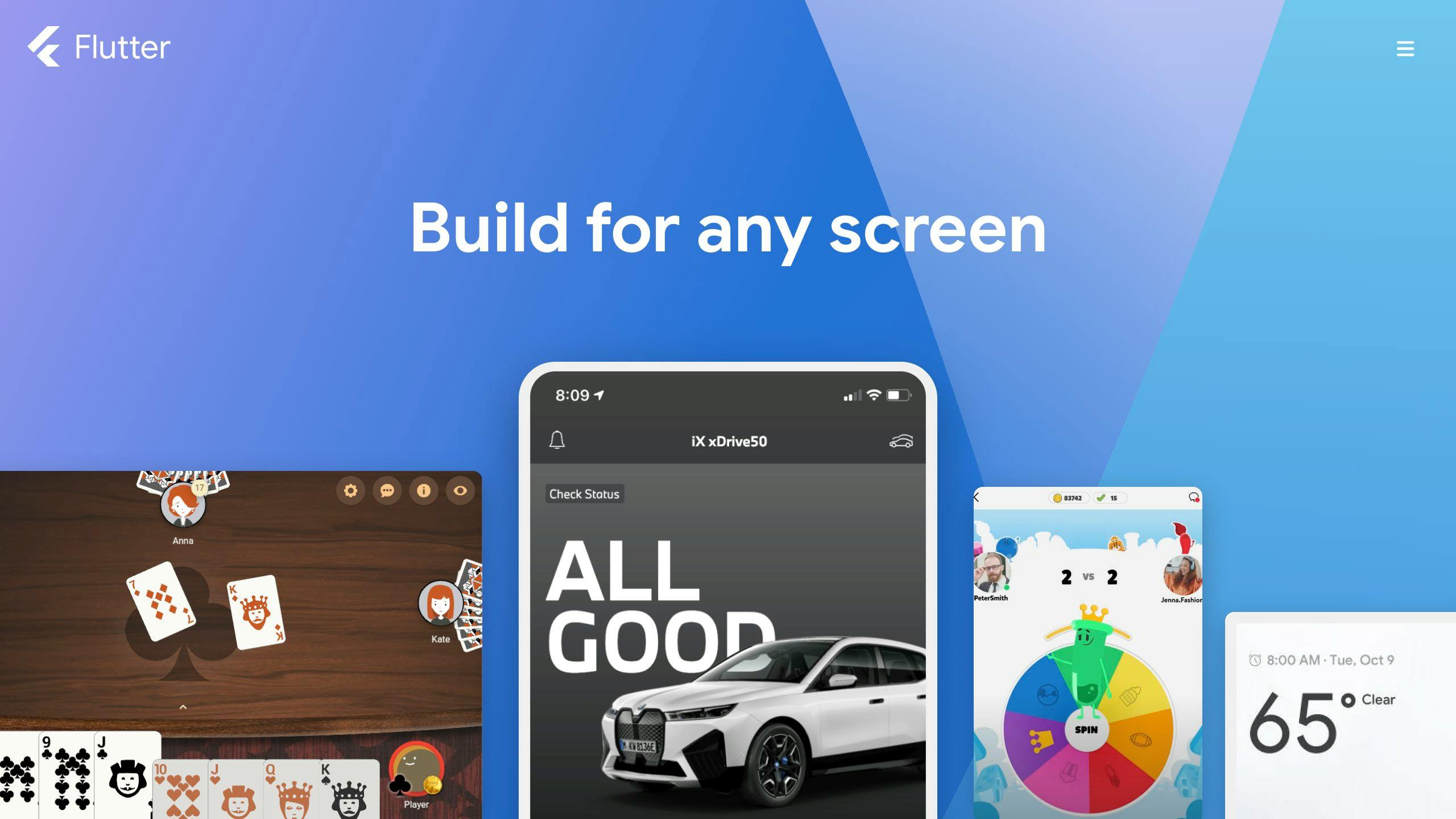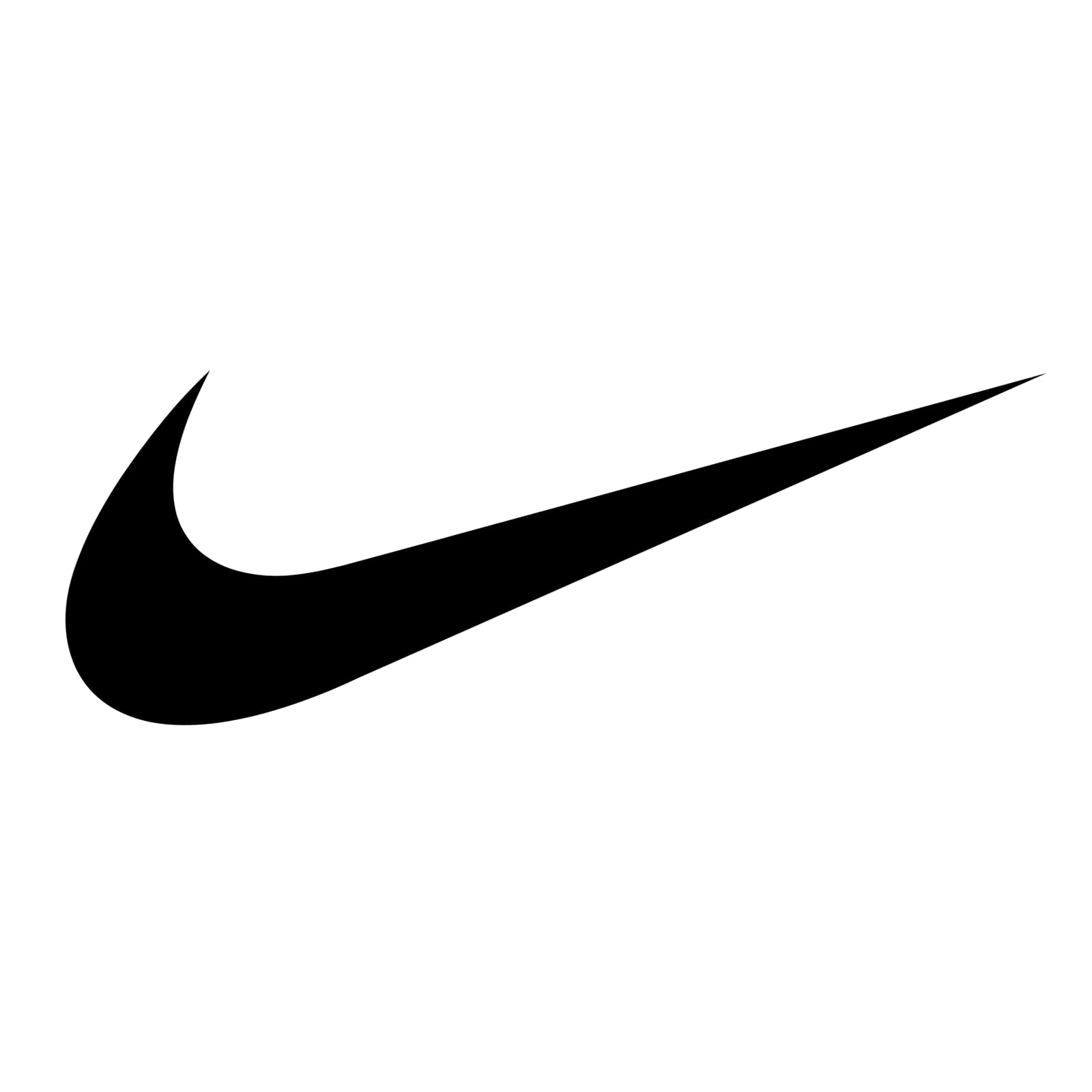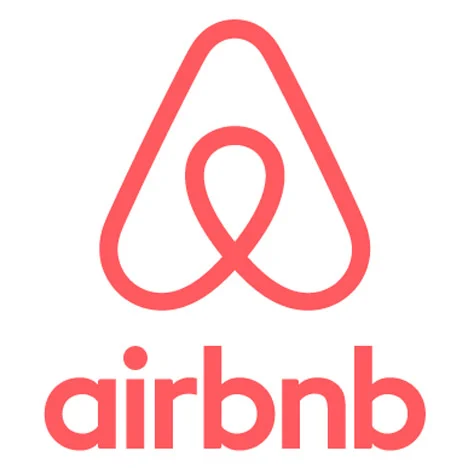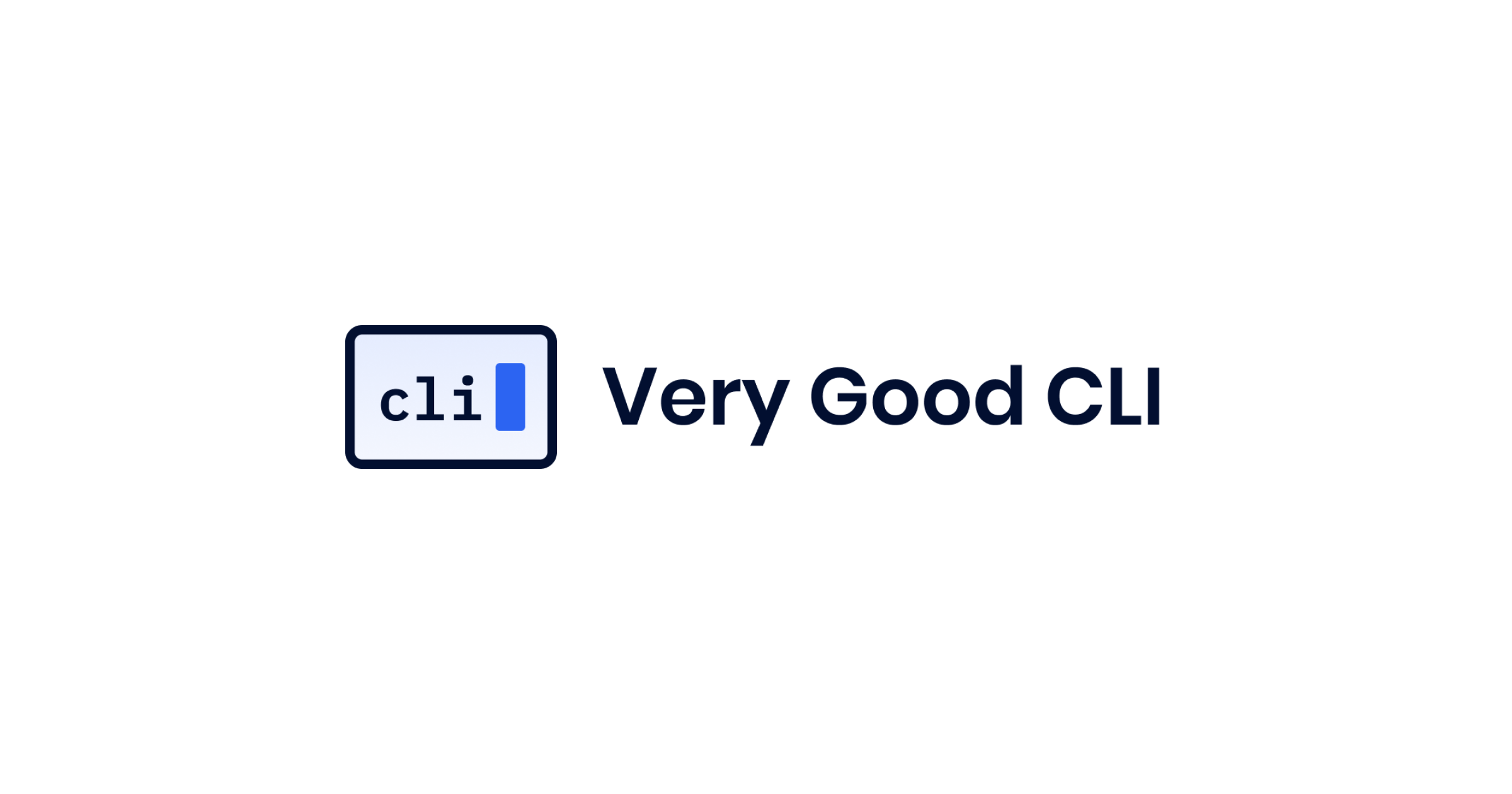Choosing Flutter for your startup's mobile app development offers significant benefits:
- Cost-efficient: Write once, deploy on both iOS and Android.
- Rapid development: Hot Reload and reusable widgets speed up the process.
- Quick time-to-market: Launch your app faster than competitors.
- Scalability: Easily expand your app to other platforms.
- High-quality UI: Create visually appealing apps with ease.
Compared to native development, Flutter stands out for its cross-platform capabilities, reduced development effort, and easier long-term maintenance. Real-world successes from companies like Poshmark, Uber, and eBay illustrate Flutter's potential for cost savings, improved user experiences, and scalability. However, consider app complexity, target platforms, and your team's capabilities when deciding. Flutter is on a promising trajectory, with expanding support for web and desktop applications and integration with Google's upcoming Fuchsia OS.
Comparison of Native vs Flutter Cross-platform Development
CriteriaNativeFlutterPerformanceReally goodAlmost as good, with its own way of drawing thingsDevelopment EffortA lot – you need different teams for iOS and AndroidLess – one team can handle bothUser ExperienceWhat you expect, with full access to the phone's featuresConsistent, with special tools to make it feel right on each phoneTime-to-marketTakes longer – you have to make everything twiceQuicker – one version works for all phonesLong Term MaintenanceHarder – each phone type needs its own updatesEasier – one update reaches all phones
Flutter's cross-platform approach offers a compelling alternative to traditional native development, particularly for startups looking to maximize efficiency and impact.
The Business Case for Flutter: Key Advantages for Entrepreneurs

Cost Efficiency
Using Flutter, startups can cut down on how much they spend making their app because they only have to write their app once for it to work on both iPhones and Android phones. This way, they don't have to make two different apps, saving a lot of effort and money.
Also, when it's time to fix bugs or add new things to the app, they only have to do it once. This makes things simpler and lets them focus on other important parts of their business.
Speed to Market
Flutter helps entrepreneurs get their apps out there quicker because of a few cool features:
- Hot Reload - Lets you see changes right away, making it faster to test and build.
- Extensive widgets - You can quickly put together a good-looking app using pre-made design pieces.
- Single codebase - Since you write your app just once, you don't have to spend time making it work on different devices.
Getting your app to users faster means you can jump on opportunities and get ahead of the competition.
Scalability
With Flutter, it's easier to grow your app. You can start with mobile and then add it to websites, computers, and other devices without needing a lot of extra work.
This means if your business grows or changes direction, Flutter can keep up without slowing you down. It's built in a way that makes it easy to add more features or handle more users over time.
Rich Ecosystem and Community Support
Flutter is supported by Google and has a lot of tools and packages to help you build your app. It also works well with other Google services, making it easier to manage your app's data and services.
There's also a big community of Flutter users. This is great because you can find a lot of help and advice online, whether you're just starting or running into problems.
High-Quality User Experience
Flutter lets you make really nice apps that look and feel great, without needing a big design team. You can use its tools to create unique and engaging apps that stand out.
This means even small teams can make apps that look professional and keep users coming back.
Comparative Analysis: Cross-platform Development with Flutter vs Native Approaches
When we look at Flutter and compare it to the traditional way of making apps (which is called native development), we can see differences in how they perform, how much work it takes to build them, how the apps feel to use, how quickly you can get them to users, and how easy they are to keep up with over time. Here's a simple table to show these differences:
Comparison of Native vs Flutter Cross-platform Development
CriteriaNativeFlutterPerformanceReally goodAlmost as good, with its own way of drawing thingsDevelopment EffortA lot – you need different teams for iOS and AndroidLess – one team can handle bothUser ExperienceWhat you expect, with full access to the phone's featuresConsistent, with special tools to make it feel right on each phoneTime-to-marketTakes longer – you have to make everything twiceQuicker – one version works for all phonesLong Term MaintenanceHarder – each phone type needs its own updatesEasier – one update reaches all phones
Making apps the native way means you have to create separate versions for iPhones and Android phones. This needs more people, takes more time, and every time you update, you have to do it twice.
Flutter, on the other hand, lets you write your app once and it'll work on both types of phones. This makes the whole process quicker and less of a headache. Flutter's special tools also let you make your app look and feel like it was made just for that type of phone, even though it wasn't.
While apps made the native way might run a bit smoother in some cases, Flutter is fast enough for most things businesses need. For startups and small businesses, Flutter makes it possible to get your app out there on both iPhones and Android phones without spending a fortune. It also makes looking after your app simpler since you only have one version to worry about.
So, if you're not making a super complex game or something that needs every bit of the phone's power, Flutter is a smart choice. It's cheaper, faster, and you can reach everyone, no matter what kind of phone they have.
Flutter in the Real World: Success Stories
Flutter is being used by all sorts of businesses to make really good mobile apps without spending too much money or time. It's great for making apps that work on both iPhones and Android phones with just one set of instructions. Here are some real-life examples of how it's helping businesses do better.
Cost and Time Savings Through Cross-Platform Development
Some companies have saved a lot of money by using Flutter to make their apps. This is because they only had to write their app once to have it work on both iOS and Android.
For instance, the shopping app Poshmark cut their starting costs by about half and ongoing costs by 30-40% by choosing Flutter. They got their app out in 9 months with just 6 developers working on it.
Another app, Finance App, managed to make their app in just 7 months instead of 18, which let them start doing business sooner.
Enhanced User Experience Driving Growth
Flutter helps make apps look and work really well, which makes people want to use them more.
The car ride app Uber made their driver app with Flutter in 2018 and saw more drivers using the app each week by 20% thanks to the better experience. The online shop eBay also used Flutter and saw people listing 10% more items.
Scalability Enabling Global Expansion
Flutter makes it easy to grow your app to work on the web, computers, and more without spending a lot of extra money. This helps businesses reach more people in different places.
For example, the bank app Nubank grew from 5 million to 15 million customers after using Flutter in 2018 to make their app work on more than just phones. They quickly moved into new countries like Mexico and Colombia.
The game app Dream11 went from 10 million to 80 million users after switching to Flutter in 2019, and they didn't even have to hire more people.
These stories show that Flutter is really useful for businesses looking to save money, get to the market faster, make their apps better for users, and grow without huge costs. For startups and businesses wanting to expand, Flutter is a smart choice.
sbb-itb-8abf120
Strategic Considerations and Challenges
When thinking about using Flutter for your startup's app, it's important to look at a few big-picture things:
App Category and Complexity
- Flutter might not be the best for really graphic-heavy apps like 3D games. Sometimes, building it the old-fashioned way for each phone type can be faster.
- For most business apps, Flutter does the job well. Think about what your app needs to do.
- If your app needs to use very specific phone features that Flutter doesn't have, you might need to go with the traditional approach.
Target Platforms
- Flutter turns your code into something that works great on both iOS and Android.
- For websites, Flutter turns into JavaScript/HTML but might miss a few small things. Check if that's a problem for you.
- Flutter isn't quite ready for making desktop apps yet, but it's getting there.
In-House Capabilities
- If you already have developers who know how to make traditional mobile apps, they'll likely pick up Flutter easily.
- There are plenty of Flutter developers out there if you need to hire.
Learning Curve
- Developers who've worked with similar tools like React will get the hang of Flutter quicker.
- It might take a bit for those used to a different way of making apps to adjust.
- Web developers might need to get used to how Flutter does things.
Common Limitations
Flutter is great for making apps work on different devices, but there are a few downsides like:
- Larger app size: The smallest Flutter app starts at about 7MB. You can make it smaller, but it's something to keep in mind.
- Plugin dependence: For some phone features, you'll need extra bits of code, which can make your app bigger.
- Recompilation required: If you want to change how something looks, you often have to rebuild the whole app.
Overall, Flutter is a good choice for startups wanting to make apps quickly for both iPhones and Android phones. Just make sure none of the small issues are deal-breakers for what you want to do. Using good practices in how you write and organize your code can also help make everything smoother.
The Road Ahead: Flutter's Future Trajectory
Flutter is growing fast and looks like it's going to keep on growing. Here's what's coming up that's pretty exciting:
Expanding Desktop and Web Support
Right now, Flutter is all about making apps for phones. But Google's got plans to make it great for creating websites and desktop apps too. They're working on making it easier to use Flutter for web stuff, like adding more web-friendly features. And they're also making it possible to use the same Flutter code to make apps for computers, whether they run Windows, macOS, or Linux.
Integration with Fuchsia OS
Google's working on a new operating system called Fuchsia, and Flutter is a big part of it. If Fuchsia takes off, it could make Flutter even more popular. The good news is, if you're making something with Flutter now, it should work on Fuchsia when it comes out.
Growth as a Preferred Cross-platform Framework
Flutter is getting a lot of love for making really nice-looking apps quickly and for being able to use the same code for apps on different devices. As Flutter gets better and starts to work for websites and desktop apps too, more people are going to want to use it. It's becoming a top choice for making apps more efficiently.
While there might be some bumps in the road, Flutter is looking like a smart choice for the future. For anyone starting a business and focusing on mobile apps, betting on Flutter could be a really good move.

















